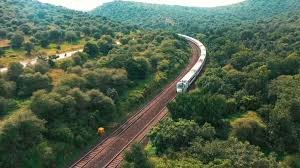- Stratovolcanoes, also known as composite volcanoes, are a type of volcano that make up about 60% of the Earth’s volcanoes.
- Stratovolcanoes, such as Mount Ruang, are tall, steep, and cone-shaped volcanoes.
- They are distinguished from shield volcanoes by their higher peaks and are often associated with subduction zones.
- characterized by eruptions of andesite and dacite lavas, which are cooler and more viscous than basalt.
Key Features of Stratovolcanoes:
- Steep slopes and a distinct cone shape
- Layers of lava and pyroclastic material.
- Pyroclastic material is a mixture of hot gases, rock fragments, and trapped air that moves quickly in thick, turbulent clouds.
- Explosive eruptions due to the buildup of gas pressures
- Summit craters that may contain water, ice, or volcanic domes during periods of relative inactivity
Pyroclastic Activity:

Pyroclastic activity is a hot, chaotic mixture of rock fragments, gas, and ash that moves quickly away from a volcanic vent or collapsing flow front.
Conclusion:
The recent eruption of Mount Ruang is a reminder of the dynamic nature of volcanic activity in the region. Stratovolcanoes like Mount Ruang provide insights into the geological processes that have shaped our planet. Understanding their characteristics and behavior is important for managing volcanic hazards and promoting sustainable practices in surrounding areas.
Q: What is the difference between a shield volcano and a Stratovolcano?

Stratovolcanoes | Shield volcanoes |
|
|





